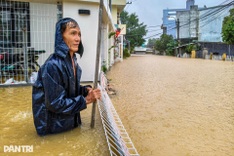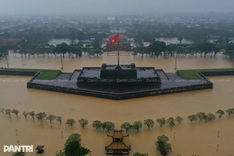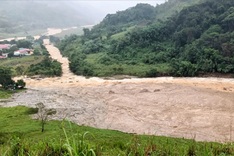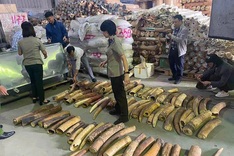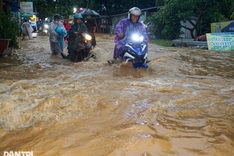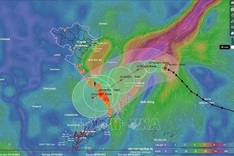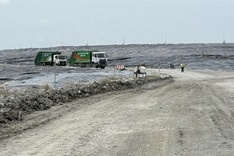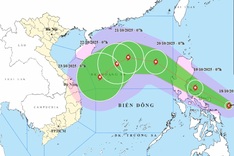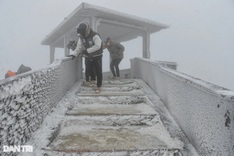The density of traffic in urban areas is the main cause of severe air pollution in Vietnam, experts said.
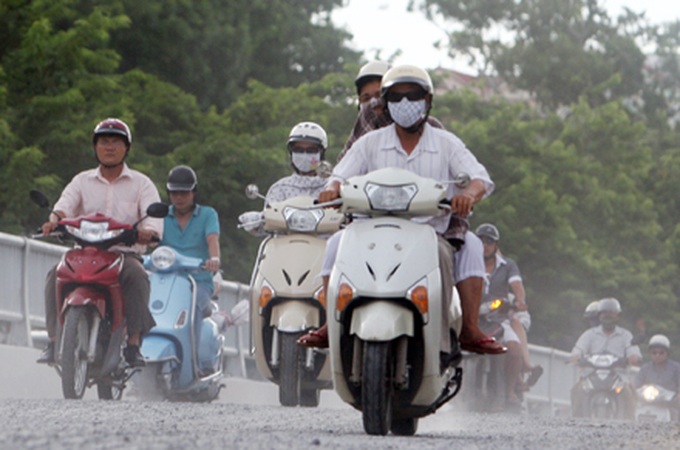 |
| Severe air pollution in Vietnam |
Nguyen Hoang Duc, Head of the Vietnam Environment Administration's (VEA) Pollution Control Department under the Ministry of Natural Resources and Environment said, "the air quality in urban areas is deteriorating and air pollution in several cities has surpassed acceptable levels."
He made the comments prior to conference to discuss the issue jointly organised by the VEA, Embassy of France and relevant units on March 19.
According to the VEA, air pollution in Hanoi is almost two times higher than permitted levels, and at construction sites or some key intersections the level is five or six times higher than permitted level.
"The concentration of NO2, SO2 or Benzen in the air still at an acceptable level but they have all recently increased," Duc said.
According to Duc, there were many causes for urban air pollution, with the main cause being density of traffic flow which accounted for 60-70% of the problem. The remainder was caused by mining, agricultural and industrial activities or daily life. In addition, the country still lacked regulations and penalties related to air pollution and many agencies had failed to co-operate to deal with the problem. Duc urged the Ministry of Transport to quickly implement preventive measures.
Marc Cagnard, Country Manager UBIFRANCE Vietnam said, "The main cause of air pollution is from private vehicles such as cars and motorbikes and Hanoi has the lowest rate of public transportation use. The city now has four million private vehicles which cause traffic jams and air pollution." He said.
Many environmental experts also pointed out that in order to deal with air pollution, cities needed better urban planning and an increase in public transport.
Bernard Favre, Director of ARIA Technologies, a company specialise in air quality simulation programmes, agreed that cities should limit the number of private vehicles and charge environmental fees. "Authorities should use multi-vehicle transportation networks to determine what kind of vehicle is most suitable for specific routes," he said.
Phan Quynh Nhu, General Secretary of the Vietnam Clean Air Partnership under the Clean Air Initiative for Asian Cities said that stations that measure air quality and transportation models that aim to improve traffic should be closely monitored. However Vietnam still lacks information, especially when some agencies have failed to provide air pollution data.

